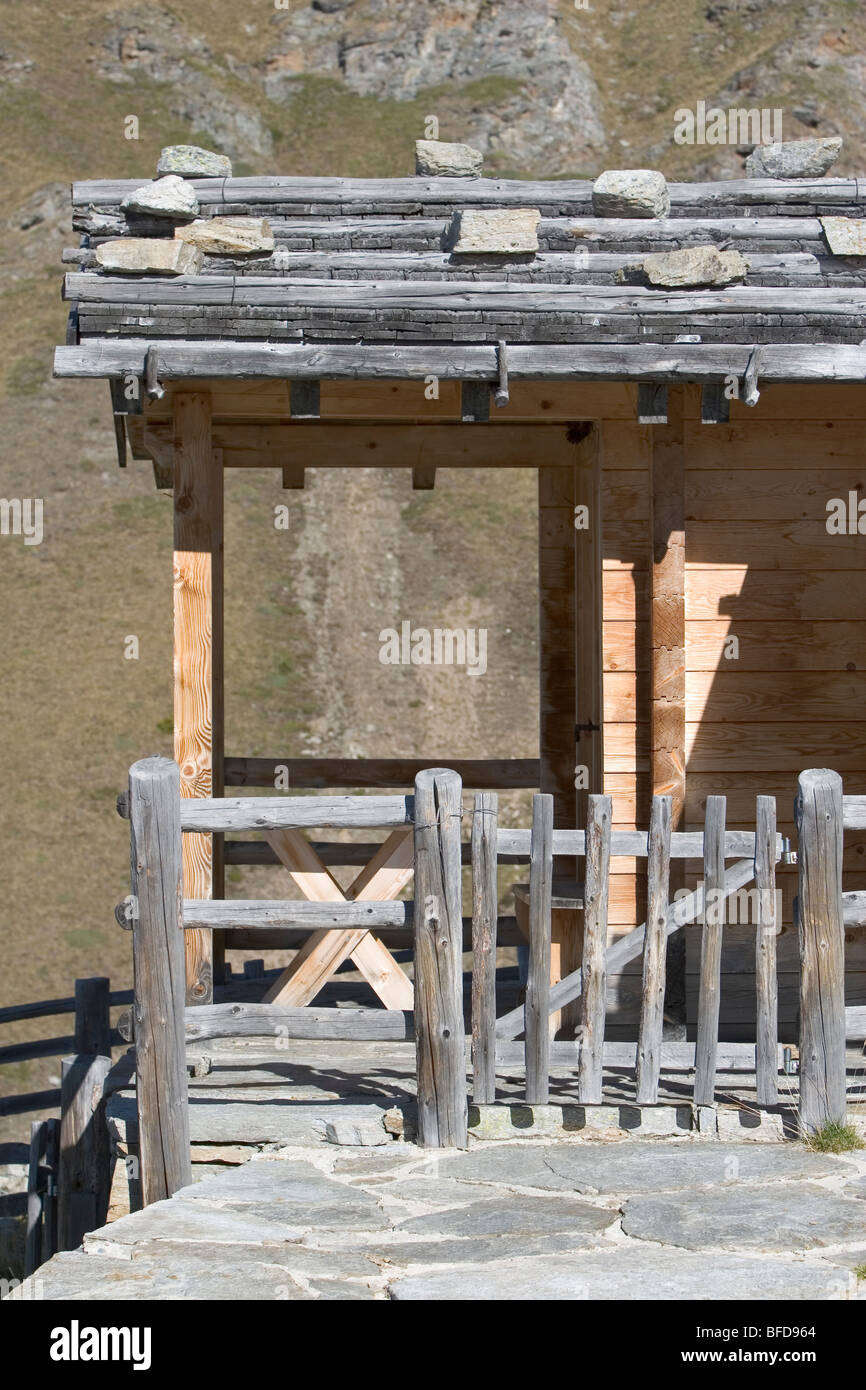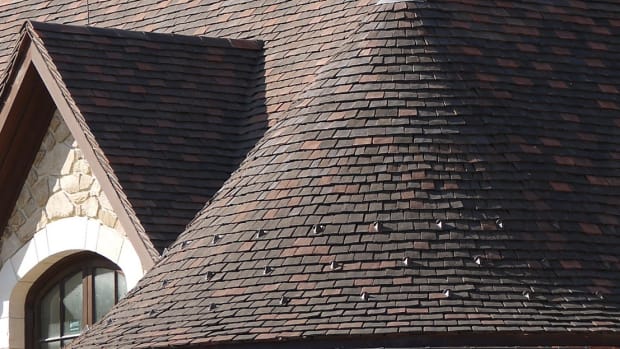16th Century British Stone Masonry Church With Shingle Roof

Big quarries at garson where the famous tyndall stone was cut.
16th century british stone masonry church with shingle roof. Medieval parish church architecture in scotland was typically much less elaborate than in england with many churches remaining simple oblongs without transepts and aisles and often without towers. St eugrad s church llaneugrad is an isolated church near the village of marian glas in anglesey north wales a church was supposedly founded here by st eugrad in about 605 although the earliest parts of the present structure are the nave chancel and chancel arch which date from the 12th century. A side chapel was added to the north in the 16th century and some moderate restoration work. The medieval structure of the church was sympathetically enlarged and restored in the later c19 and early c20.
Later stone construction stone continued to be used as a building material and the finishes and connecting procedures became increasingly sophisticated. It was the facing stone for rutland terrace in 1830 288. Lime plastering roofing roofing and leadwork stone masonry church of st mary and st david kilpeck a grade i listed church with surviving saxon aspects make up the 12th century existing build. The introduction of christianity into scotland from ireland from the sixth century led to the construction of basic masonry built churches beginning on the west coast and islands.
Clements was rebuilt in the late 15th century or early 16th century although the list of rectors dates back 1248. The chancel rebuilt in the 16th century was refaced c 1870 with ashlar masonry laid flush with the mediaeval details which include a fine fluted piscina wash basin an aumbry cupboard and a recess for the reserved sacrament. The stone in question is an easy to split ordovician carbonate rich metamorphic sandstone or greywacke which is intimately connected with deposits of fine phyllite schist a great slate that was extremely popular for local and regional roofing from the 19th century and until recently. The ceiling pews and floor are victorian and the altar table a gift to the church dates from the 1830s.
In the 16th and 17th centuries these legends and customs were incorporated in successive versions of the manuscript constitutions of masonry and modern speculative masonry is the outcome of this. The fabric of the church is of kentish ragstone and flint rubble with a tudor porch constructed of red brick. When the grand lodge of england was formed in 1717 there appear to have been copies of the mss. By the turn of the 20th century carefully cut stone called ashlar was used in large and expensive projects.













































